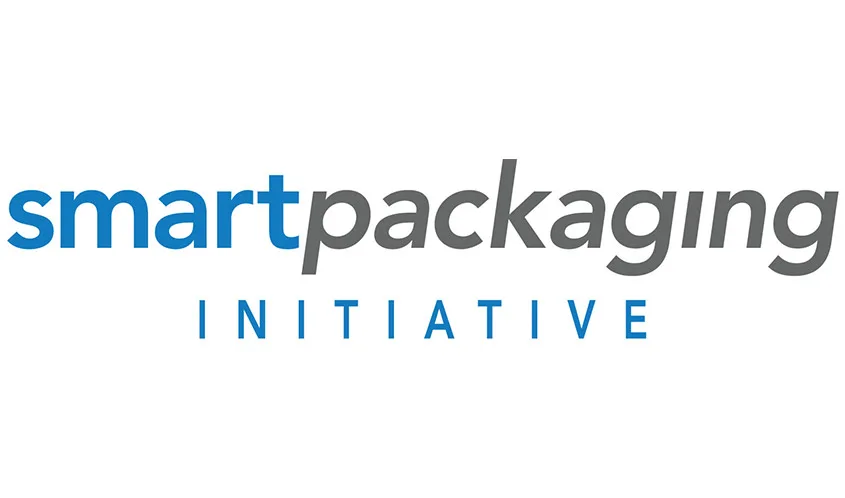Helping Manufacturers Produce More Eco-Friendly Packaging Designs
by Laurie Chartorynsky, communications specialist and content developer, The Toy Association
Consumers are usually shocked when they see the amount of packaging left behind after opening their child’s toy. Often referred to as “wrap rage” or the “Christmas-morning effect,” packaging seems like a heap of frustrating trash to a consumer. But what many consumers don’t understand is that packaging plays many important roles in the toy industry.
Packaging is crucial to tell a story on-shelf in a split second. It also facilitates the transport and display of products while helping to reduce breakage. Yet all consumers see is that pile of trash—which is what packaging eventually becomes.
The Toy Association’s newest member benefit, Smart Packaging Tool, will help companies make simple packaging changes that can benefit the environment, even after they construct cutting-edge package designs.
Working in partnership with The Walt Disney Co., The Toy Association launched the Smart Packaging Tool in the fall. The initiative allows toy companies to determine the environmental impact of their designs and see how they stack up against those of other manufacturers in the same product category to help improve their packaging.
Disney spent five years developing this tool for internal use. During that time, Disney worked with the Sustainable Packaging Coalition to examine and implement the best practices. They then rolled out the tool to licensees. Grant funding from Disney allowed for a new stand-alone iteration of the tool created specifically for Toy Association members.
“We are very excited that we’ve been able to work with Disney to adapt and implement their sustainable packaging tool for our members,” says Alan Kaufman, senior vice president of technical affairs at The Toy Association. “We know this new Smart Packaging Tool will help lead companies to make more eco-friendly packaging choices.”
HOW IT WORKS
Users enter specific data, including product information, packaging dimensions, and material information. From there, they answer design for environment (DfE) questions and then receive a detailed score on their packaging’s environmental performance. Packages are assigned a numerical score from zero to 100, relative to similar product types. This assessment will take about 15 minutes, assuming all of the information is at a user’s fingertips at the start of the process. It is important to note that all information will be collected anonymously and is not shared, and companies will not see each other’s package designs, ideas, or concepts.
The outcome is a benchmark figure of that specific package’s environmental impact. Because other companies will utilize the tool in real-time, the benchmark will constantly shift and rise for each specific product category and, eventually, for the industry as a whole.
The next part of the process is evaluating what changes the companies can make to improve the packaging’s score. Scores can improve by applying the Smart Packaging Initiative’s Design Principles. The tool can show material choices that can reduce impact, allowing users to test-drive designs before spending any time or money on the package.
“This tool will improve the environmental performance of toy packaging in ways that are measurable, visual, and can optimize on-shelf and e-commerce performance,” Kaufman says. “This is a win for the industry, for consumers, and, of course, for the environment.”
Kaufman adds, “Less packaging offers benefits on so many levels. It translates to lower costs, reduced regulatory fees, and more retail space for products. In addition, consumers have come to expect reduced packaging made with recyclable materials.”
Want to know more about The Toy Association’s Smart Packaging Tool? Be sure to attend a special seminar at Toy Fair, The Smart Packaging Tool—What It Is and What It Does, on Saturday, Feb. 16 from 3:30 to 4:30 p.m. in Hall 1E, Room 1E11. During the session, presenters Christian Del Maestro, corporate citizenship manager at Disney Consumer Products and Interactive Media, and The Toy Association’s Alan Kaufman will walk attendees through the new tool and answer questions. The session is open to all Toy Fair attendees.
For those that cannot attend Toy Fair, a recording of The Toy Association’s webinar, Understanding How to Use The Toy Association’s New Smart Packaging Initiative Tool, is available at toyassociation.org/webinars.
For more information on how your company can make a positive environmental impact with this new tool, visit spi.toyassociation.org or contact Alan Kaufman (akaufman@toyassociation.org).
[author] [author_image timthumb=’on’]https://toybook.com/wp-content/uploads/2019/02/WebLaurieChartorynsky.jpg[/author_image] [author_info]Laurie Chartorynsky has been a member of The Toy Association’s communications team since September 2016. At The Toy Association, she is responsible for the weekly e-newsletter Toy News Tuesday, and writes articles based on the latest trends in the toy industry for trade publications. Chartorynsky has a Master’s degree in journalism from Northwestern University.[/author_info] [/author]

